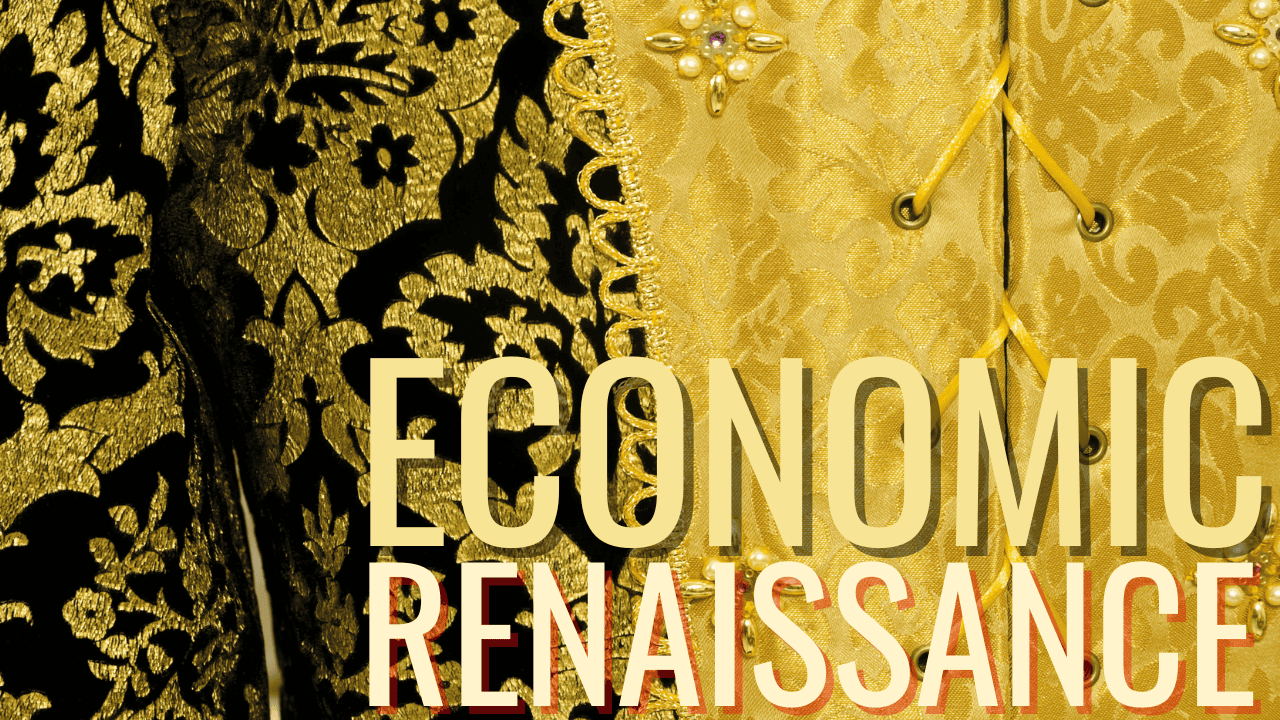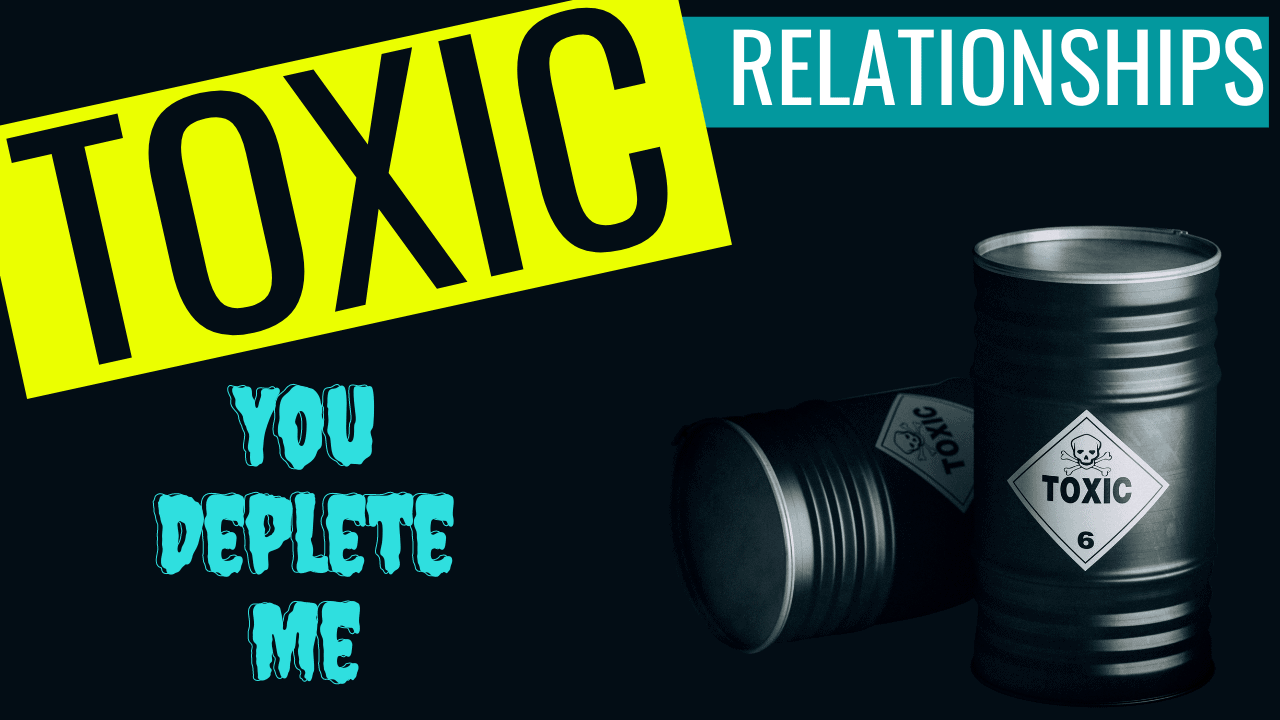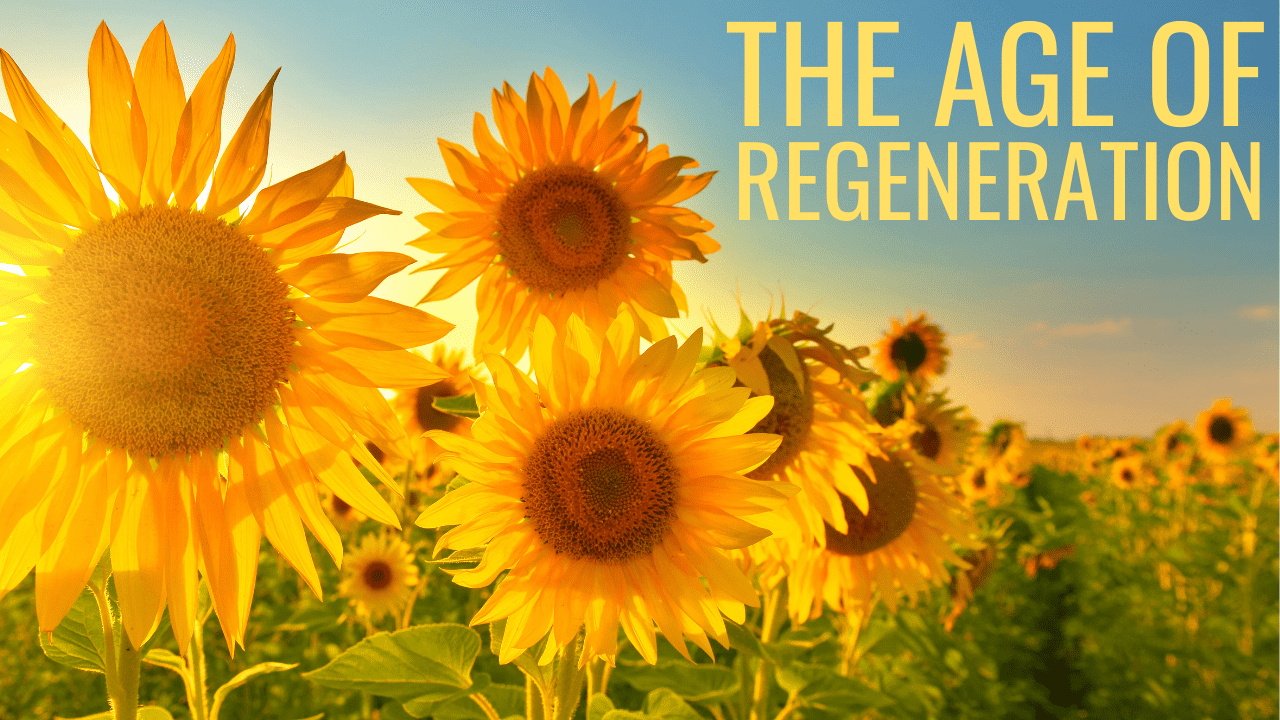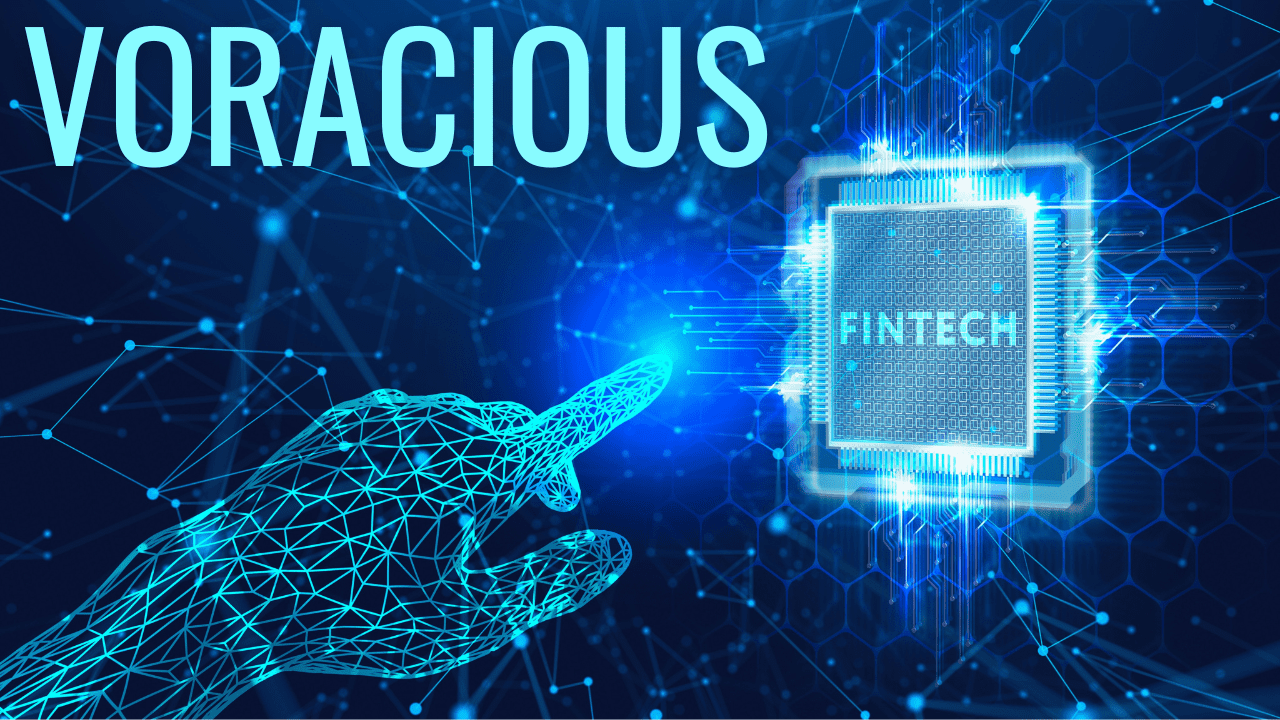This is a truly fascinating time to be alive. Life on Earth hangs in the balance as AI prophets march us onward, advancing our collective digital devolution. No individual, organisation, or industry is immune to the monumental transformation now taking place. The world as we knew it, has literally and metaphorically dissolved before our eyes. Old paradigms are shattering faster than we can comprehend. Together we stand on the edge of tremendous opportunity and heart-shattering loss. Without an upshift in leadership consciousness, we are left unanchored and rudderless to be tossed about wild and relentless stormy seas.
Will it be easy? Of course not. Transformation is never easy and nothing worthwhile is ever really just handed to you. This mission requires fearless adventure, wild imagination, and valiant enterprise, along with the capacity to truly adapt to change amid extraordinary upheaval and dissonance. Here’s the thing: Tensions can act as crucibles for creativity if we dare be courageous in the face of disruption and change. Today’s mainstream leadership is entrenched in Mechanistic Materialism, a reductive perspective of life from which a mechanistic view of self-mastery and leadership development is formed. Leaders are humble servants to the people. When the attitude of humble servant is forgotten, the road leading to tyranny is just around the corner. Tyrants and Controllers have several perceptions and beliefs that are completely out of balance and potentially destructive. The mistaken belief that “What I can control cannot hurt me” drives the negative ego behaviour of many control freaks and tyrants. Others are driven by their internal fear of losing control over situations and the people involved. Heightened anxiety from vulnerabilities they try to eliminate, by controlling every aspect of the environment and the people within it, retard critical thinking and cloud sound judgement.
When you focus on controlling every perceived threat, real or imagined, you lose track of what you can change and what you cannot – descending even further into destructive behaviours and pathologies. At this point, it is likely you will choose an ineffective approach to cope with your anxiety by attempting to control and manipulate the people around you, oftentimes by lying, deceiving and cheating to get what you desire. The consumptive modeling of energy vampirism, through a person who does what they can to exert control over others, while manipulating a range of scenarios, is entirely exhausting. Uncontrollable adverse events often lead to sensations of learned helplessness and severely mismanaged stress. Control freaks exert control over others to prevent feelings of learned helplessness and the dread of powerlessness. Tyrants attempt to reduce their fears by removing anyone and anything that could pose a threat to their personal needs and aspirations, belief systems, or whatever else. True leadership is not about controlling people, it’s about caring for people and being a useful resource to guide and develop people to reach their highest potential. The best leaders facilitate harmonious connections to ensure groups of people are aligned in their thinking and activity to realise an inspired objective. Lofty aspirations, insurmountable challenges and unreasonable pipedreams can only be achieved through unified cooperation. Teamwork makes the dream work because working together as a group accomplishes much more than one person can do alone. Leadership is not about glorifying the leader; it’s about stimulating each team member to reveal their highest expression in the attainment of a goal. Tyrants do not serve others and Conscious Leaders are humble servants who do not control.
We have been bamboozled – intentionally confused and deceived into accepting that leadership and authoritative influence over others is defined by egocentric and aggressive behaviour. For the collective, this led to control-oriented and tyrannical oppression of humanity. Reject feeding the tyrant as a leader and reject allowing them authority over anyone but themselves. Tyranny is no substitute for leadership. However, we have been conditioned to give our power away to tyrannical psychopaths, so to change the power structure we must become aware of how we have given our personal power away to people and structures that abuse authority.Whether it’s agile leadership, responsible leadership, sustainable leadership, or transformational leadership, these approaches tend to draw from a Mechanistic Materialistic worldview that prioritises left hemisphere over right hemisphere thinking, masculine tendencies over feminine, outer achieving over inner awareness, and humanity as separate from (or trying to save) nature. Nature does not need saving. Believing that nature is a competitive struggle, where random mutation and incremental adaptation fuel evolution, is the false program we must rewrite to elevate beyond this woefully superficial view.
Nature’s emergent evolution is not simply about adaptation. When we dare to look deeper at life beyond mere survivalists, all parts of this unfolding new story are about integration, collaboration, inclusion and wholeness. As above; So below. As within; So without. We must acknowledge the sacred in ordinary, everyday living. It is time to imagine ourselves anew, to accept and grow our talents without collapsing into the overinflated bubble of hubris. We live in a world where a tiny acorn becomes a mighty oak tree, and hungry caterpillars transform into butterflies. There is clearly much more going on than simple adaptation to external conditions. In business, this step takes us beyond the short-sighted view of the organisation as a machine, managed through top-down. push-pull levers, and controlled through KPIs and P&Ls. No matter how sustainable or values-led a machine-organisation claims to be, this way of thinking is a bi-product of mechanistic-materialistic logic which means it cannot be regenerative, regardless of how much it gives back to the community or ecology. As our lens widens, we gain a deeper understanding of viability, resilience, profitability and systemic value creation amid relentless volatility through a deeper understanding of nature, human nature, the organisation-as-a -living-system, and its capacity to work with and serve life. Life is regenerative. Conscious Leaders recognise this beautiful simplicity on the other side of all the complexity. We follow Soul-wisdom beyond ego-cleverness.

“Those who flow as life flows know they need no other force.”
— Lao Tzu
Forging a New Path
A new political-economic paradigm is emerging that will signal a major turning point in human history. All genuinely creative ideas are initially met with rejection since they necessarily threaten the status quo. An enthusiastic reception for a new idea is a sure sign that it is not original. It is the Conscious Leaders who are first to challenge the status quo and we are met with a cacophany of voices chanting “it’s not possible – logical -reasonable.” And that is precisely how we know we are on to something great! The end of the world does not require our recognition, only our quiet acceptance. The impetus for this emerging shift is the increasingly catastrophic failure of the conventional GDP-focused political-economic system. What started in the industrial age as regional and global competitions for hegemony and resources eventually morphed into two world wars, expensive military arms races, ecological overstep, increasing human rights violations, climate change, species extinction, and a surge in borrowing as those in power sought to solidify their hold on authority. In a little over eighteen months the fragile structure of global debt-driven competition was exposed by the clowns in power during the plandemic, leaving people confused and afraid as global markets ground to a halt.
So what is it about the emerging new paradigm that could reverse this self-destructive trend and alter the course of history? The answer is deceptively simple. Instead of perceiving economies as bottom-line, capital-driven devices for growing GDP and profit at all costs, the new paradigm sees economies as they really are: sub-systems of life, whose primary assets are people and Nature and whose goals are to preserve the continuous wellbeing of all life on earth. In this way, we offer energy and effort into a feedback loop where means and ends serve one another rather than conflict. Simple, logical and remarkably effective.
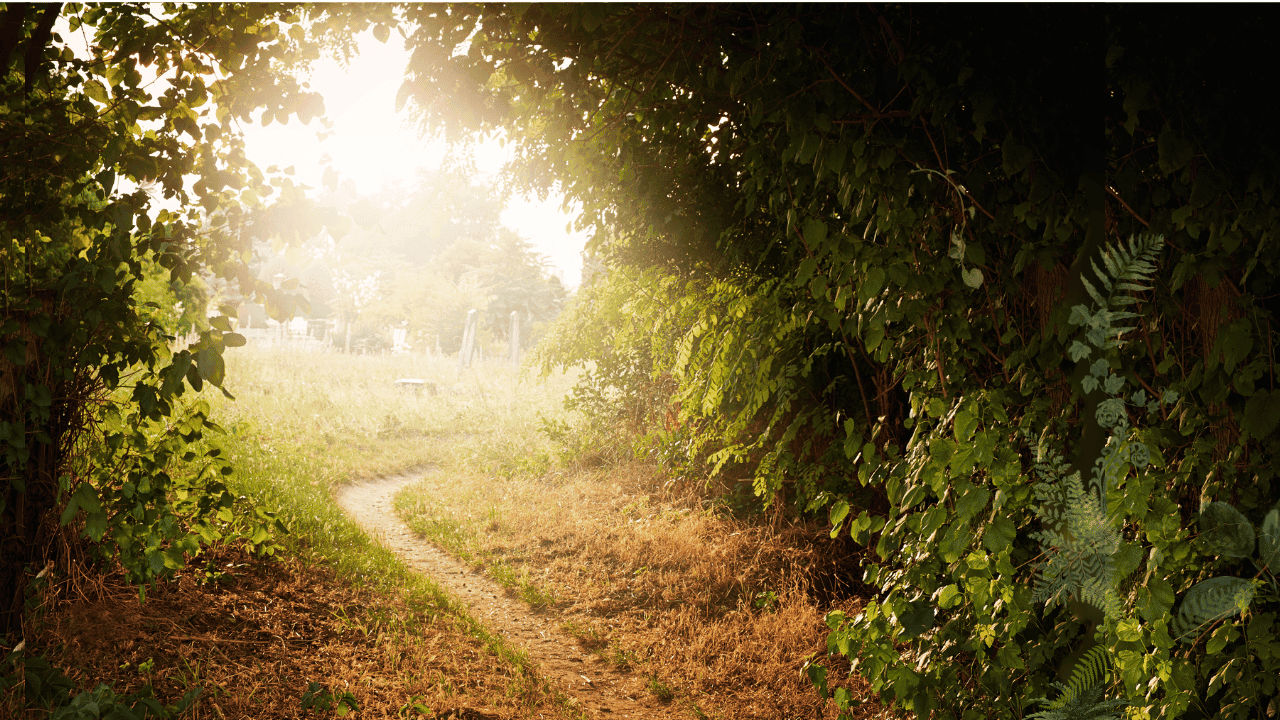
“Society is collapsing, and people are starting to recognise that the reason they feel like they are mentally ill is that they’re living in a system that’s not designed to suit the human spirit.”
— Jim Carrey
Economies That Mimic Life
The wonderful thing about a living systems approach is how it generates economic success as it reduces humanity’s ecological footprint. Living aligned with the Wisdom of Nature overcomes the increasing frictions between means and ends that have plagued the mainstream industrial model to the verge of ruin. Transitioning to a Living Systems model will not be easy. The status quo resists change mightily. A plethora of power and profit hinges on the continuous, uninterrupted operation of oppressive systems. Recent developments in artificial intelligence, smart city surveillance, Blockchain, the Internet of Things, and impact investing suggest the capacity to inflict harm on targeted communities is about to rise exponentially. Outliers who question this trajectory are subjected to criticism, bullying, character assassination, and gang stalking because change is a threat. Most people remain stuck in peripheral thinking – listening to influencers and defending teams rather than thinking about substance. Conscious Leaders prefer a central route approach through masterful in-depth research before deciding on conclusions. The reward system also drives how people think. Influencer culture is about being approved of by the queen bee. Independent thinking is not rewarded.
There is no meaningful change without risk. Actions taken within the comfort of groupthink may make you feel popular and accepted in the moment, but they are unlikely to push the envelope in any significant or meaningful way. Look everywhere but inside your heart where you could possibly unearth your moral compass. Ignore the elephants in the room. The war on consciousness and natural life is well underway, but few retain sufficient clarity of thought or a firm enough backbone to call a spade a spade. To look beyond is to risk being ostracised. Conscious Leaders don’t care as much about our feelings as we do about our collective future. We must be strong of heart and clear of head so as not to wander into the wrong story. If we unthinkingly follow the crumbs being dropped it will be game over for natural life. We are the ones with ears to hear and eyes to see. We are the pebbles with the power to unleash the avalanche. Because the two models are so fundamentally opposite, any attempt to find a compromise solution will almost certainly fail. The following table shows how the foundational assumptions conflict. Consequently, the most promising (and profitable) way forward is to abandon the crumbling archaic hierarchical model and embrace Whole System Transformation. A New Earth where all of humanity thrives demands a shift in worldview – a new paradigm of regenerative living systems.
Area of Concern
Economies
Governance
Mission
Values
Vision
Leverage
Mindset
Metrics
Learning
Risk
Living Systems Model
Sub-systems of biosphere, Society
Egalitarian, Networked, Decentralised
Maintain healthy living systems
Primacy of living assets (People, Nature)
Optimise living assets (circular economy)
Living asset stewardship (inspiration)
Holistic, qualitative (non-linear)
Focus on learning, adaptation (means)
Multi-loop (open-ended)
Generally right (Lack of precision)
Industrial Model
The dominant system
Hierarchical, centralised
Maintain authority, control
Primacy of non-living capital
Optimise GDP, profit
Financial gearing (debt)
Reductionist, quantitative
Focus on results (ends)
Single loop (follow the rules)
Being precisely wrong (Climate change)
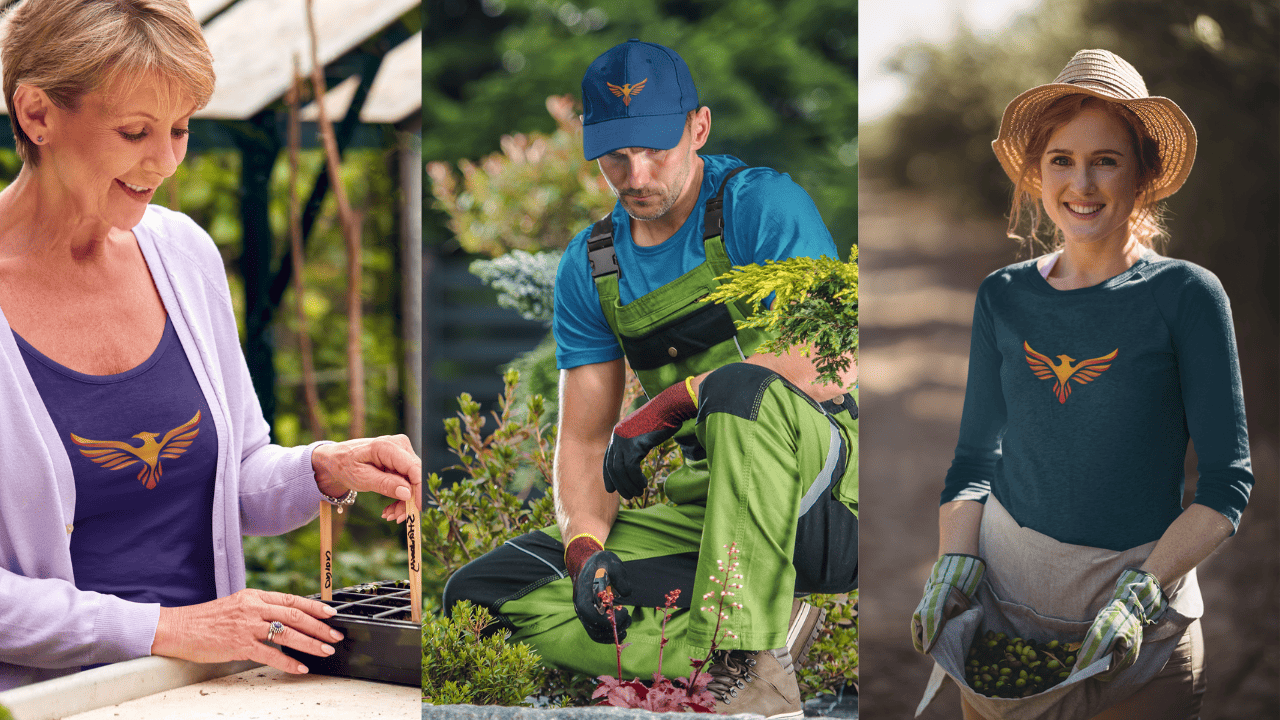
“The core of the ecological imbalance and global warming is the exploitation mindset. Nature is not for exploitation but exploration for better living, coexistence, co-caring, and co-growing.”
― Amit Ray
Life is Regenerative
The power of the living system paradigm is in seeing the living world as it really is rather than a notional construct for continuous GDP growth and capital accumulation. When we approach economies as sub-systems of life rather than super-systems that transcend life, we attain a dynamic leverage point – where a small change in one thing can produce big changes in everything. Remember – Life is Regenerative. This is about realigning back into Life, and in the process we become more alive, and our organisations thrive. Transformation unfolds, it is not forced. By creating the conditions conducive for life our people and cultures flourish.
Life is mind-blowing. Our rational minds might prefer to define it into neat-and-tidy biologically-based facts and figures, but life defies much of what the mind’s logic can even grasp. For instance, a small leaf quivering the breeze, high up in a tree, has more sophisticated innovation packed into it than nano-computing or Big Data. A humble blade of grass trampled underfoot is far more complex than anything we humans have ever designed, and to boot, it’s organic, non-toxic, totally regenerative – beneficial to life.
Our complex innovations are all too often highly toxic and exploitative of the natural and social systems we inhabit. This is what happens when we forget the underlying way of Nature – we fall out of harmony with Life. To fall back in line with Nature does not mean a back-to-nature regression or anti-technology movement, far from it, it is what will propel humanity into a renaissance of innovation and development, a Regenerative Revolution. Technology is a powerful tool that can help humanity evolve, as long as we remember and embody the wisdom of real life. Otherwise, it can be a distraction, obscuring our evolution, and unintentionally catalysing our extinction. We are currently on the precipice between freedom and serfdom and it is the responsibility of anyone with a conscience to expose the dystopia into which we are sleepwalking.

“Look deep, deep, deep into Nature and you will understand everything better.”
— Albert Einstein
Embracing Change
Those of us who have lived in the crosshairs for generations are likely not as surprised at the anti-life agenda as those who were trained to trust the empire. After scrambling for crumbs and racing to pinnacles of meritocracy for those rare brass rings. Seats at the table behind ivy-covered walls where a select few are granted access to the oak-paneled rooms where plans for engineered “life” are mapped out beyond the prying eyes of the masses. But they didn’t count on us to meet their dark ideas with a kind of consciousness that can see them, and their insanity, for what they truly are. Consciousness Leaders witness them naked and completely exposed. Beyond the ugly posturing and arrogant claims of becoming gods and world domination, we see a wide path through it all to a bright and better day. We are here to stand up for Nature, and those who cannot yet see. The light of our consciousness will dispel the dark idea of a global prison system for control of humanity. Nothing can stop what is coming. We will all share in a new vision, so accessible and clear, so comforting and empowering, that the general population will listen and finally shake off chains that were only ever in their own minds. The new vision won’t despise them or blame them. It won’t blame anyone. It will only help them see that they can unlock the chains of their own mind. They are free. Change is occurring everywhere. People are seeing through the conditioned illusion that steers them away from greater self-reliance and personal empowerment. The forces that appear to restrict us actually provide a stimulus to motivate us toward greater personal achievement through the development of life-enhancing attitudes and abilities.
When that day comes, we will collectively ask only for goodness and reciprocity. When it’s irrefutably clear to the great mass of humanity that this is what we truly desire, then a handful of elites won’t be able to buy the loyalty of jailers, because they too, will be among those asking for another way. The corporate model for success is faltering. People are realising that business based solely upon investment returns – where the accumulation of wealth supercedes any and all concerns for the health and well-being of the Earth and her inhabitants – provides no loving care or sustaining life force for anyone involved. Consumerism become a major preoccupation for millions of people. This can only last as long as people accept the hyper-marketing of credit that draws them farther into the wasteland in an endless loop of financial enslavement. A new common sense knows that empowering our lives with a conscious mind makes an immense contribution to the welfare of humanity. Self-responsibility for nurturing an awakened mind is the real investment that will change the world by offering newfound freedoms and creative expressions as the best returns for your focus of energy.
“Yet, at the quantum level, NO part of the body lives apart from the rest. There are no wires holding together the molecules of your arteries, just as there are no visible connections binding together the stars in a galaxy. Yet arteries and galaxies are both securely held together, in a seamless, perfect design. The invisible bonds that you cannot examine under a microscope are quantum in nature; without this “hidden physiology,” your visible physiology could not exist. It would never have been more than a random collection of molecules.”
― Deepak Chopra
Your Body - The Greatest Instrument You Will Ever Own
The speed and complexity of today’s business environment is forcing organisations to take a different approach. Those that wish to thrive must be able to adapt to changing conditions, similar to how living organisms evolve in response to environmental changes. Nature has already solved the problems humanity is facing today. The answers are all around us if we will only pay attention. As without, so within. By exploring some of the more elegant biological models from your own human body, you can gain insight and generate “new” ideas for managing our businesses.
Neural Networks
Intelligence and learning are closely related to the number and types of interconnections between neurons in the brain. As new learning takes place, connections are modified to incorporate new intelligence. The more a particular learning is reinforced, the greater the strength of the connections between key neurons. In her book Finding Our Way: Leadership for an Uncertain Time, Margaret Wheatley observes that, to foster greater health for a living system, we need to find ways to “…connect it to more of itself. The implication for organisations is that collective organisational intelligence, as well as the speed of organisational learning, is directly related to the number of interconnections among the members of the organisation and also with outside entities. As a result, learning in “silos” is less desirable than learning which is shared.
Endocrine Feedback Loops
The endocrine system provides us with a biological example of how feedback loops are successfully used in the human body. The prototype loop that is most frequently referred to involves the relationship between the pituitary gland (located in the brain) and the thyroid gland (located in the neck). The thyroid gland is responsible for the production of active thyroid hormone, which has a number of effects on metabolism. Patients with an excessive production of thyroid hormone experience a hypermetabolic state resulting in heat intolerance, sweating, weight loss, rapid heart rate, and other symptoms. Those who experience an underproduction of thyroid hormone, experience a slowing down of many functions, resulting in cold intolerance, weight gain, slow heart rate, constipation, hoarseness, and other symptoms.
The secretion of thyroid hormone is regulated by another hormone, thyroid stimulating hormone (TSH), produced by the pituitary gland. The pituitary gland “senses” the amount of circulating thyroid hormone and, if it is low, increases the amount of TSH produced, sending a signal to the thyroid to produce more. Conversely, if excessive thyroid hormone is sensed, then a reduced amount of TSH is produced, sending a signal to the thyroid gland to reduce production. Feedback loops like this are numerous in the body. Blood pressure regulation is another example that relies on a number of interrelated loops.
For organisations, systems thinking tools and approaches are a natural way to adapt these models for practical use. Organisations with a results orientation, and those with a focus on continuous process improvement, are likely already using these tools. Even if an organisation does not have a systems-based approach designed for processes, there are practical opportunities to begin doing so immediately. Ensuring that up-regulation or down-regulation of processes takes place based on results and aligning resource allocation with the up- and down-regulation is an achievable first step for many teams.
Immune System
The immune system has the task of protecting our bodies by attacking external threats (infections), while at the same time, not mistakenly attacking parts of the body or potentially beneficial processes. In order to achieve this, our immune systems develop an acute awareness of what is “self” and what is “non-self,” typically by identifying and recognising the types of proteins and other molecules present on cell surfaces. Similarly, when the immune system encounters new threats, such as a bacterial or viral infection, the system is capable of “learning” by developing the ability to “recognise” the characteristic proteins on the surface of these invaders.
By developing a keen awareness of “self” versus “non-self” through purposefully eliciting shared values, purpose, and meaning, organisations can foster a strong sense of cultural identity. When a company achieves this level of clarity, it establishes high levels of engagement and a strong foundation for shared learning. Along these lines, it improves its ability to identify and recruit new talent with shared purpose and values.
When one part of the body successfully fights off an infection, the knowledge of that particular event does not remain local. Instead, it is shared throughout the immune system. Similarly, organisations would do well to ensure that organisational learning and memory are not kept local. Rather, they must exist in a widely distributed nature, so that the organisation can maintain the ability to rapidly identify and resist similar threats in the future. The body uses multiple messengers to disseminate this knowledge (mediators, antibodies, and other modes of cellular communication), and organisations can do the same.
Cellular Turnover and Regeneration
The human body is in a constant state of renewal. Cells are destroyed and replaced when necessary, as the body is aware of stagnancy. The cells of your body today are not the cells that were there a year ago, which means the physical “you” today is not the same physical “you” from the past. “You” as a whole, retain your identity, sense of self-awareness, purpose, and values in the midst of all this constant reinvention.
For organisations, the lesson here is that constant renewal and “reinvention” is a necessary component for success. At the same time, the organisation must retain ongoing awareness of core purposes, shared values, meaning, and other things that create a sense of organisational identity. Without the ability to continuously renew and reinvent, an organisation loses its ability to adapt to changing conditions. Leaders must be attuned to this important process and be ready to take action.
Cellular Communication
Cells communicate in multiple ways. Mediators, when secreted by cells, serve as signals to other cells and systems throughout the body. Cellular communication travels through multiple pathways and has redundancy built into it. For example, when the body is under stress, it sends messages to multiple systems to react quickly to perceived threats. When prolonged, these same messages can also have unintended consequences on the immune system, digestion, and learning.
Similarly, the messages sent by leaders and throughout organisations must take into consideration both intended and unintended consequences. A sense of urgency, for example, may be important in order to stimulate change, but organisations that find themselves stuck in this frame of reference for too long may find it difficult to foster learning and innovation. Consequently, leaders must develop a heightened degree of social awareness to assess the impact of messages that permeate the ranks.
“You never change things by fighting the existing reality.
To change something, build a new model that makes the existing model obsolete.”
― Buckminster Fuller
Reality Unfolding
Let’s pause for a moment to gain perspective of what is unfolding around us in 2021 and beyond. In this supreme moment, it is important we are not frantically shuffling deck-chairs on the Titanic with the music of yesterday still reverberating in our ears. This is not the time to deafen your capacity to hear the chimes of the future. The future is unfolding before us, if we so choose to see it with fresh eyes. It is all around us, and deep within us.
The reality is, the human psyche is involved in a world of tensions. Our developmental learning happens in this dualistic world. Our ego-mind seeks to control these tensions by collapsing them into right/wrong, black/white surety, and certainty, yet this only breeds one-sidedness through projection and polarisation. It creates separation and exclusion – the very logic which created our problems in the first place. If we seek to stretch beyond breakdown into breakthrough, then this struggle for evolution starts right here, right now, in our own hearts and minds by seeking learning within the tensions, rather than collapsing the tensions into one-sided imbalance and disharmony.
Holding the tension open allows evolution to unfold, and something new to emerge out of the tension. This is the essence of the Logic of Life. Collapsing the tension creates prematurity, half-cut learnings, and an undermining of life’s learning potential. The risk here is, we get stuck in breakdown, unable to reach beyond the tensions of the day, caught up in status quo thinking, not quite crossing the threshold, not quite entering the new dawn of deeper realisation.
“In order to eat, you have to be hungry. In order to learn, you have to be ignorant.
Ignorance is a condition of learning. Pain is a condition of health.
Passion is a condition of thought. Death is a condition of life.”
― Robert Anton Wilson
Alchemising Tensions
Tensions of difference are an inherent part of this duality of experience. Here are some of these tensions we experience day in and day out:
Yang –
Outer –
Masculine –
Me –
Reductive –
Doing –
Responsive –
Light –
Summer –
Action –
Yin
Inner
Feminine
We
Relational
Being
Receptive
Dark
Winter
Reflection
Neither side of these tensions is more right or more preferable than the other, and each situation invites us to bring in more of one side than the other. We can become conscious of the tensions and notice when we may wish to bring in a bit more of the other side of the tension to ensure harmony, rather than rigidly stick to one-sidedness. It’s an alchemic dance, a communion of opposing tensions. The Dance of Life – where the space between the notes informs the music just as much as the notes themselves do. For example: there is a shift in some circles to talk about moving from Me to We – yet this need not be a swing from one-sidedness (‘me’ – individuality accentuating into individualism) to one-sidedness (‘we’ – collectivity accentuating into collectivism).
We need a mix of both the social/collective ability to live together in harmony, and the personal and entrepreneurial freedom of expression for our unique individuality to thrive. It’s the diversity and unity, not one at the expense of the other. When we become too entrenched in one side being right and the other side being wrong, we undermine the richness that the tension affords us. What lies before us now is so much more than old polarities like red team versus blue team. A ‘middle way’ can emerge, where a healthy dose of individuality and collectivity work in tandem. Inevitably, it means a pendulum swinging back and forth at various times – this is the nature of life. No stasis, only the movement of non-equilibrium while striving for balance.
“…in divinity opposites are always reconciled.”
― Walter M. Miller Jr
All Choice is With You
As COVID hysteria erodes the edifices of normality, underlying systemic fragility becomes much easier to see. It’s not just COVID, the exposure of corrupt government officials, mushrooming global debt, exploding residential property values, monstrous market volatility, rising mental illness, soaring suicide rates, or the immediacy of the climate emergency. It’s all of these combined, and much more. Such levels of stress in all systems create a moment in time where we either adapt and evolve out of this breakdown, or hold on to the crumbling status quo, facing into the inevitable train crash. All choice is with you.
Break-down naturally invokes fear, and an ever tightening-grip of holding-on to the safety of the status quo. At this point, it is way too late to save the status quo – even if we wanted to. Afterall, evolution is all about evolving through these transformative periods Are you up for evolution? Scientists have long realised that evolution experiences fits and starts – relatively long periods of steady-state incremental change, and then significant shifts of breakdown leading to breakthrough. This is known as ‘punctuated evolution’, and it’s how life on Earth adapts and evolves. Breakthrough involves a shift in thinking – a reaching beyond our current bubble into a deeper and wider worldview. This moment can be a time of immense innovation, not just at the product/service or business model level, or structural ways of working, but in terms of how we perceive ourselves, our sense of place, and purpose in the world. It’s what this supreme moment asks – demands – of us. Will you rise to the challenge of the day?
“The more you connect with nature, the more creative you will become.”
― Mwanandeke Kindembo
Learning From Living Systems
The world economy is in the midst of a profound change—one that is creating huge shifts in the way companies are organising to provide value for customers, owners, employees, and suppliers. Living models have parallels in organisations, when we consider organisations as living systems. As we face a whole array of wicked systemic challenges, we know we won’t navigate our way out of this mess without changing the logic and worldview by which we operate.
Today, there are signs of a great awakening; cracks of light emerging that reveal a new way of attending to life beyond separateness and mechanistic thinking. The Logic of Life – the way nature has been working for billions of years – enables us to draw from a worldview of relationality – inter-being’ – recognising that we are all participating as one human race within the interconnected super-organism of Earth. We are threads within the interwoven tapestry of life, and by becoming conscious of the depth and breadth of this tapestry, we learn to live in right-relation with life and its inevitable tensions. This brings us vibrancy, vitality, growth and meaning – sources of real and lasting happiness. The worldview of participation, and its Logic of Life, can be applied to how we lead and operate in business and beyond.
“I am one with nature, I am nature, don’t cut me down, don’t burn me, don’t drive me to extinction,
don’t pollute me, don’t limit me, let me be free,
let me live according to my nature in my natural habitat, the universe.”
― Bangambiki Habyarimana

